Sargassum in the Caribbean: turning seaweed crisis into economic opportunity?
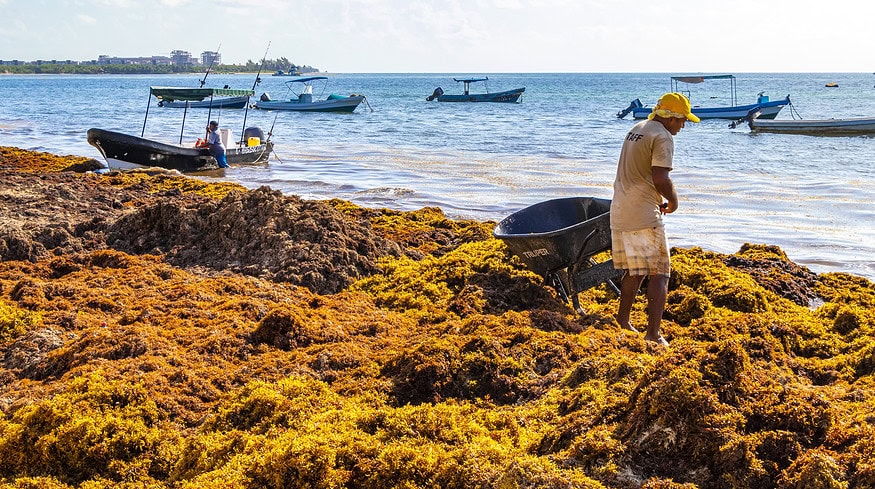
Since 2011, the Caribbean has faced increasing incursions of sargassum, a type of seaweed, which has become a significant environmental nuisance. Local entrepreneurs, seeing potential in this crisis, have dubbed sargassum “brown gold,” hoping to transform its regular inundation into an economic windfall. Despite enthusiasm and widespread consensus on the need to monetize sargassum, large-scale applications remain elusive.
Franziska Elmer, a project manager at Seafields, highlights the paradox: while sargassum can be transformed into numerous products, its actual utilization remains minimal, and it is primarily treated as waste, costing the Caribbean up to $210 million annually in cleanup efforts.
Regulatory and financial hurdles
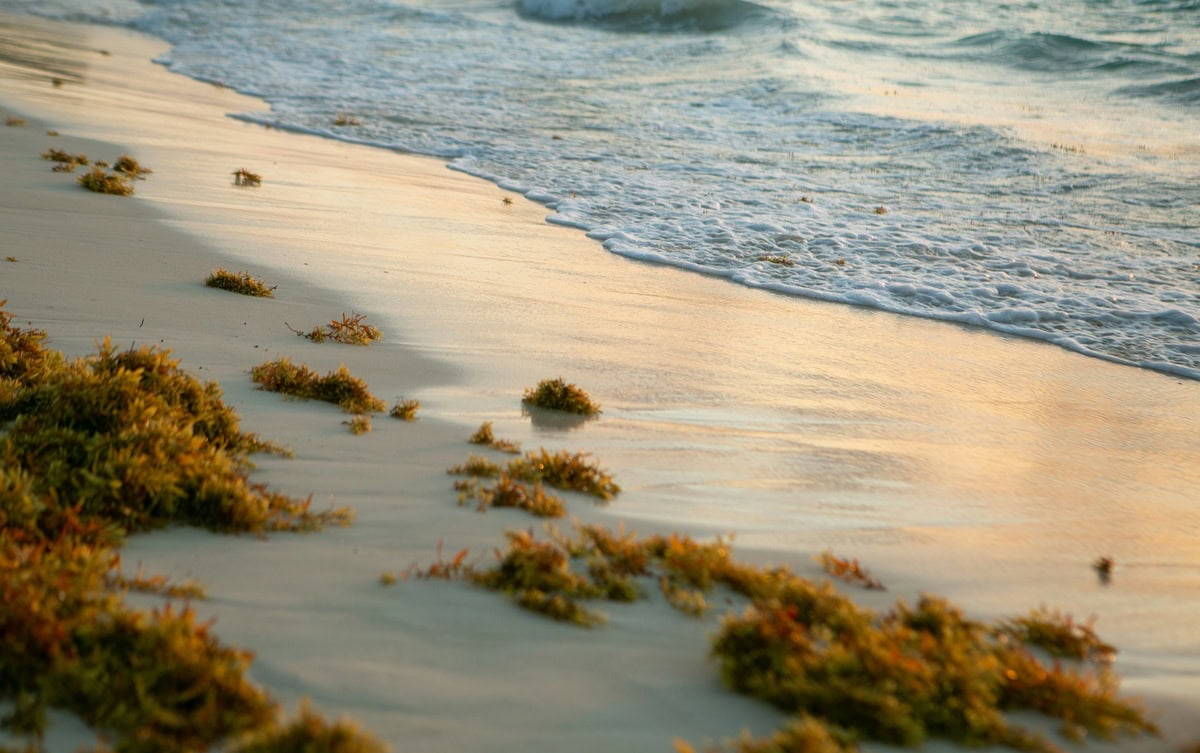
The entrepreneurial environment around sargassum is fraught with challenges. The region lacks specific regulations for sargassum-based products, making the market unpredictable and stifling innovation. Entrepreneurs find themselves navigating a patchwork of guidelines more concerned with sargassum collection than product development. This regulatory gap, coupled with scarce funding opportunities, hinders the ability to scale operations, as noted in a study by Hazel Oxenford of the University of the West Indies.
Innovative Uses and Setbacks
Initial ventures into using sargassum for fertilizer or animal feed were retracted after discovering high arsenic levels in the seaweed. Alternative applications, such as charcoal production, have also faced roadblocks due to funding shortages, exemplified by Jamaican entrepreneur Daviean Morrison’s shift from agricultural products to a tech-based business amid funding and sargassum supply challenges.
Research and Development Efforts
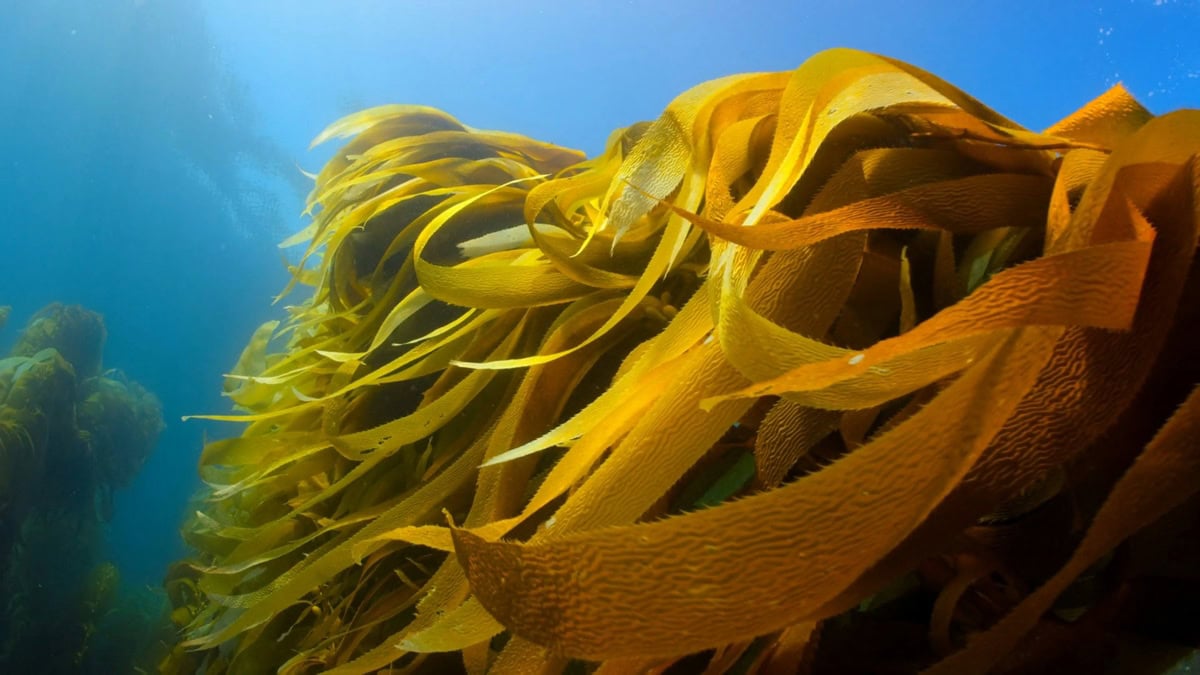
Efforts to explore other uses, like biofuel and dietary supplements, have been undertaken by institutions like the University of the West Indies. However, the presence of arsenic and other harmful chemicals has stalled many research projects, awaiting breakthroughs in extraction methods and substantial funding.
A Vision for the Future: Sargassum Farms
Amidst these challenges, companies like Seafields envision large-scale sargassum farms in the Atlantic, aiming to create a reliable supply chain for sargassum-derived products and carbon credits. This ambitious plan faces its own set of challenges, including the need for better data on sargassum blooms and overcoming the biological and logistical complexities of harvesting fresh sargassum.
Local Innovations and Global Aspirations
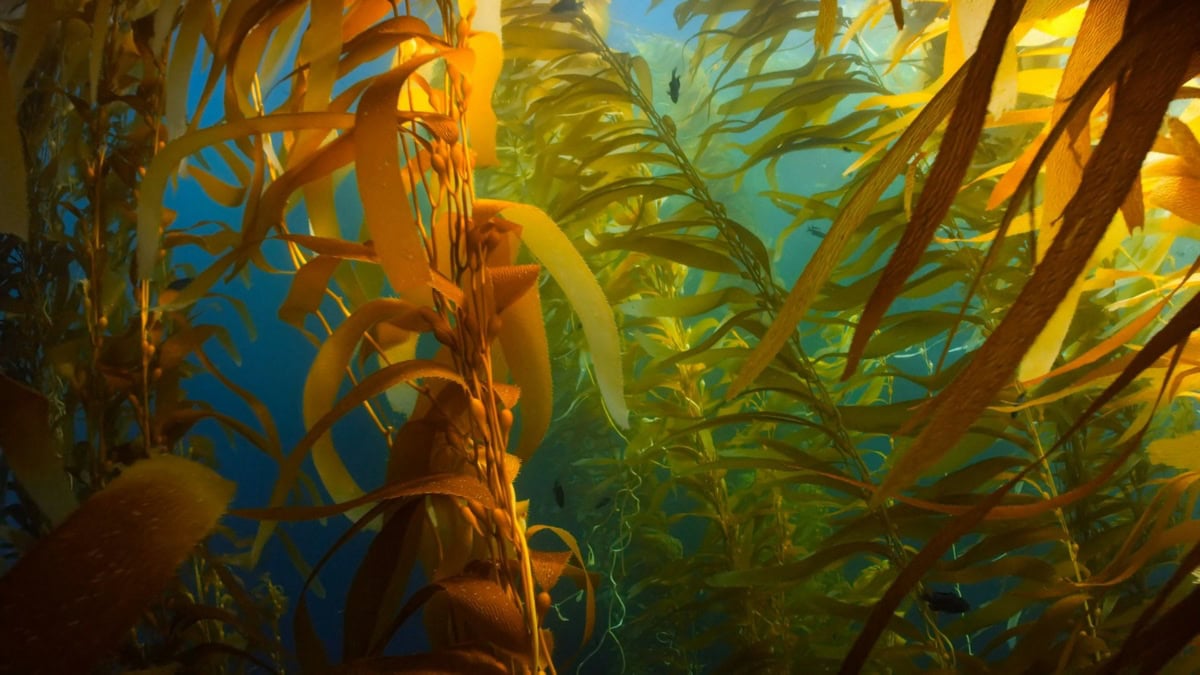
In Mexico, entrepreneur Omar Vázquez Sanchez has pioneered the creation of Sargablocks, bricks made from sargassum, offering a sustainable building solution and supporting local employment. Despite the struggle for governmental and private investment, Vázquez Sanchez is looking to expand internationally, hoping to establish production in other countries affected by sargassum.
Academic Contributions and Commercial Ventures
In Barbados, the combination of sargassum and waste from rum distilleries is being researched for potential biofuel production, aiming for a fossil-free future. Simultaneously, in Colombia, efforts to convert sargassum into paper are underway, though the irregularity of sargassum influx poses significant challenges to consistent production.
Integrating Solutions into Regional Strategy
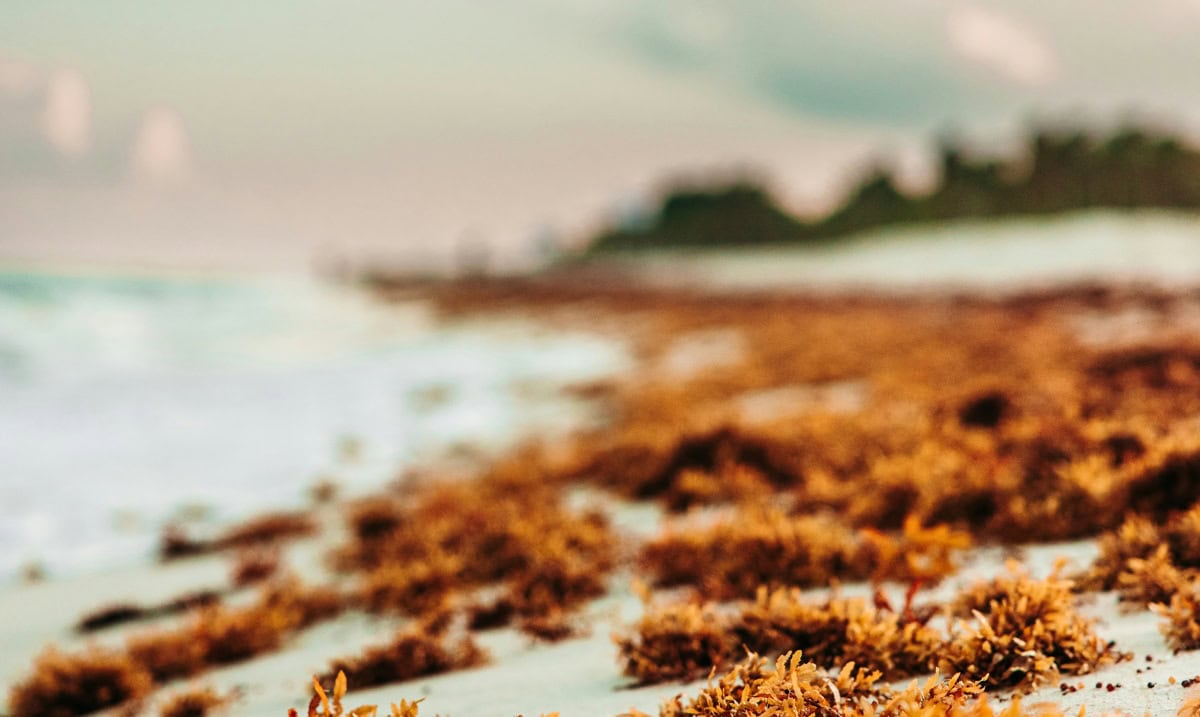
The study by Oxenford proposes a comprehensive approach to overcome the barriers facing sargassum valorization. Recommendations include improving forecasting, enhancing harvesting and transportation infrastructure, and developing a regional strategy that integrates these solutions, emphasizing the economic potential of sargassum beyond its immediate environmental impact.
Conclusion
The transformation of the sargassum crisis into a sustainable economic opportunity is fraught with challenges but also brimming with potential. As the Caribbean and other affected regions continue to explore and innovate, the integration of sargassum into the economy may yet prove to be a pivotal solution to environmental and economic challenges.
Enjoyed this story?
Every Monday, our subscribers get their hands on a digest of the most trending agriculture news. You can join them too!
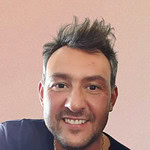









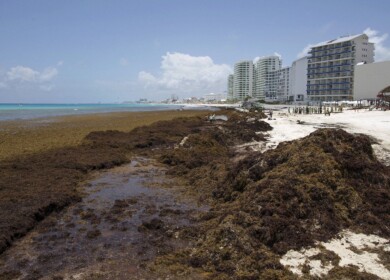
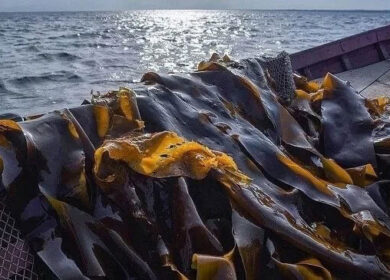
Discussion1 comments
Your article about Sargassum shows Kelp, not Sargassum.